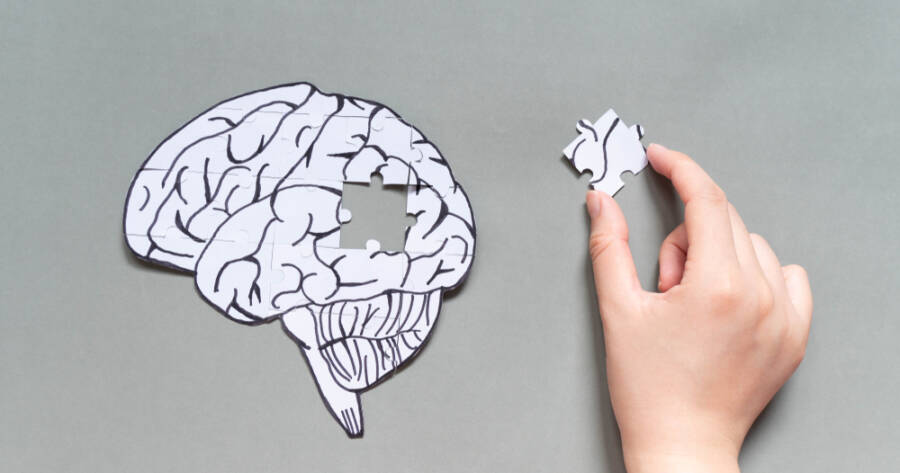Advancements in imaging technologies are revolutionizing Alzheimer’s disease diagnosis by enabling early detection and improved diagnostic accuracy. Techniques like MRI and PET scans, along with AI integration, enhance the identification of brain changes, supporting personalized treatment strategies. Delve into the innovative methods shaping the future of Alzheimer’s diagnostics and treatment possibilities.
Advancements in Imaging Technologies for Alzheimer’s Disease Diagnosis
The diagnosis of Alzheimer’s disease has seen dramatic improvements with the advancement of imaging technologies. These cutting-edge methods not only facilitate the early detection of Alzheimer’s but also enhance the accuracy of diagnoses, critical for effective treatment planning. Advanced imaging techniques play a pivotal role in identifying brain changes associated with Alzheimer’s before symptoms become prominent using methods like MRI and PET scans.
Magnetic Resonance Imaging (MRI), especially utilizing 3T MRI machines, enables the visualization of intricate brain structures. These machines produce high-resolution images that allow medical professionals to detect abnormalities at an early stage helpful for neurological assessments. By using specialized MRI techniques like NeuroQuant and Diffusion Tensor Imaging (DTI), clinicians can diagnose Alzheimer’s disease and evaluate traumatic brain injuries with increased precision.
Role of PET and CT Scans
Positron Emission Tomography (PET) scans provide insights into cellular activities by using radioactive tracers to reveal areas within the brain that exhibit unusual activity. PET technologies are integral in diagnosing Alzheimer’s as they can detect amyloid plaques, a hallmark of the disease, even before cognitive impairment occurs alongside hybrid imaging systems that marry anatomical insights with functional imaging.
Computed Tomography (CT) scans contribute further by offering detailed cross-sectional images of the brain. This can aid in diagnosing Alzheimer’s by ruling out other possible causes of dementia symptoms, such as brain tumors or injuries. CT’s ability to generate rapid and detailed imaging is invaluable for developing comprehensive treatment plans as part of a multi-modality approach.
The Influence of AI in Imaging Technologies
The integration of artificial intelligence (AI) has notably enhanced the role of imaging technologies in Alzheimer’s diagnostics. AI tools improve the quality of images and assist radiologists in diagnosing conditions with greater accuracy. Advanced algorithms can detect subtle changes in brain anatomy that may be overlooked by the human eye and amplify the efficacy of personalized medicine.
AI also streamlines the imaging process by reducing scan times, thereby lessening patient exposure to any radiation used during procedures. Moreover, AI’s ability to streamline workflows allows for quicker diagnoses, enabling timely interventions. These efficiencies achieved through AI are pivotal in improving the outcomes for patients undergoing diagnostic evaluations for Alzheimer’s disease.
Emerging Imaging Techniques
Innovative imaging techniques continue to evolve, providing new opportunities for diagnosing Alzheimer’s disease. Some of these emerging methods include Magnetic Particle Imaging (MPI) and Optical Coherence Tomography (OCT). MPI offers high-resolution scans sans ionizing radiation, presenting promising applications for brain imaging for Alzheimer’s diagnoses.
OCT, traditionally used in ophthalmology, is being explored for its potential applicability in Alzheimer’s diagnosis, owing to its ability to produce highly detailed images of retinal structures, which correlate with brain health. Such non-invasive methodologies are expected to offer significant advances in both diagnostic and treatment capabilities for neurodegenerative diseases.
Why You Should Learn More About Cutting-Edge Imaging Technologies Today
The transformative nature of advanced imaging technologies in diagnosing Alzheimer’s disease cannot be understated. With innovations such as AI integration and remarkable precision through MRI and PET scans, the future of Alzheimer’s diagnostics looks promising. These technologies not only enable earlier detection but also pave the way for personalized treatment strategies that could significantly improve patient outcomes. Staying informed about these cutting-edge advancements is vital for patients, caregivers, and healthcare providers, as they enhance the potential for managing and treating Alzheimer’s effectively.
